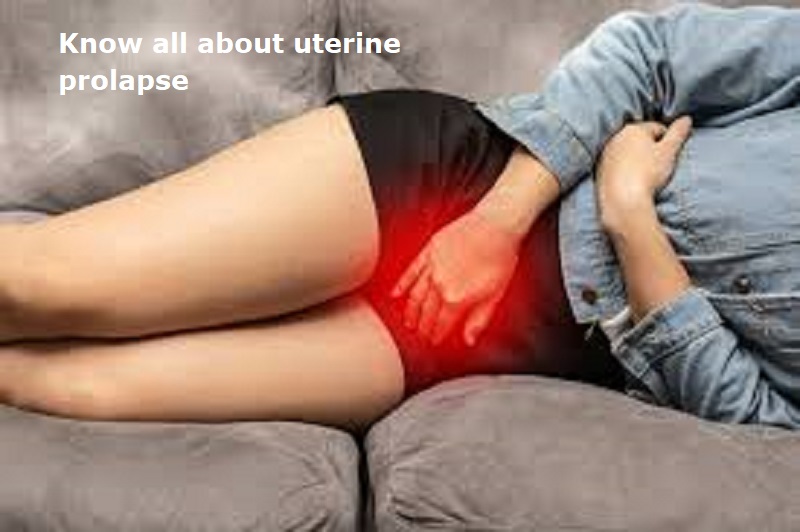
Uterine prolapse is a common condition that can happen as a person ages. Uterine prolapse is a condition where the muscles and tissues around women’s uterus become weak. This causes uterus to sag or drop down into your vagina. It can happen to anyone assigned female at birth (AFAB), but is most common after menopause and in people who’ve had more than one vaginal delivery.
The pelvic floor muscles support the uterus, rectum, vagina, and bladder and help stabilize the core. Made of muscle, connective tissue, and ligaments, the pelvic floor facilitates bodily functions like urinating, having bowel movements, and enjoying sex.
When the pelvic floor muscles weaken, the uterus is no longer supported and begins to sag into the vagina or protrude out. Uterine prolapse is a type of pelvic organ prolapse (POP).
The stages of uterine prolapse are:
Stage 1: The uterus drops into the upper part of the vagina.
Stage 2: The uterus drops to the opening of the vagina.
Stage 3: The uterus protrudes out of the vagina.
Stage 4: The uterus is entirely out of the vagina.
Symptoms:
Fullness or heaviness in the pelvis
Low-back pain
Inability to insert a tampon or applicator into the vagina
Painful sex
Constipation
Incontinence (urinary leaking)
Urinary retention (unable to empty the bladder)
Seeing or feeling a bulge coming out of the vagina
The main cause of uterine prolapse is weakened pelvic floor muscles.
Pregnancy and childbirth: The strain and stretching that occurs with pregnancy and vaginal childbirth weaken the pelvic floor muscles. Multiple vaginal births increase the risk.
Menopause: Dropping estrogen levels lead to decreased pelvic floor muscle strength.
Heavy lifting: Long-term or repeated heavy lifting can overload and weaken the pelvic floor muscles. Chronic coughing from smoking or asthma, straining, and having obesity can cause abdominal pressure resulting in uterine prolapse.
Aging: Although uterine prolapse can affect people of all ages, most people who have it are over age 60.
Treatment options for uterine prolapse include:
Also Read: Best and safest sex positions for people with back pain
Pelvic floor muscle training: Doing 45–60 pelvic floor exercises (Kegels) daily, divided into sets of two or three, can improve the symptoms.
Vaginal pessary: A plastic device is placed into the vagina to help support the pelvic organs.
Surgery:
Hysterectomy: Removal of the uterus
Hysteropexy: Surgically lifts the uterus back into place
Colpocleisis: Sewing together the walls of the vagina and shortening the vagina
Prevention methods:
Maintain a healthy weight: Obesity and weight gain increase abdominal pressure.
Prevent constipation: Drink plenty of fluids and try to get 25 grams of fiber daily.
Perform pelvic floor exercises: Get regular physical activity and strengthen the pelvic floor muscles by doing Kegels.
Control coughing: One way is to eliminate smoking.
Avoid heavy lifting: Use proper body mechanics to lift something heavy.

Post Your Comments